An Unexpected Collision at the Hungarian Grand Prix
The Hungarian Grand Prix, an event synonymous with high adrenaline and breathtaking maneuvers, delivered no shortage of drama this year. The race, often unpredictable, witnessed an intense and controversial collision involving Max Verstappen of Red Bull Racing and Lewis Hamilton of Mercedes. This particular incident transpired at the notorious Turn 1, setting the stage for a fierce debate among drivers, analysts, and fans alike.
As the race edged closer to its climax, with just eight laps remaining, Max Verstappen attempted a bold and ambitious overtake on Lewis Hamilton for the coveted third place. In his maneuver, Verstappen locked up his brakes, resulting in him taking a deeper approach into the corner than anticipated. It was at this moment that the left rear tyre of Verstappen's car collided with Hamilton's front right. The sheer impact briefly sent Verstappen's car airborne, causing an uproar both on and off the track.
Verstappen was quick to express his belief that Hamilton was at fault for the incident. In contrast, the race stewards examined the situation meticulously and decided it was a racing incident, opting not to issue any penalties. This verdict, however, did not sit well with former F1 World Champion Nico Rosberg, who was serving as an analyst for Sky Sports.
Nico Rosberg’s Take on the Controversial Incident
Nico Rosberg, often known for his candid remarks and insightful analysis, did not shy away from expressing his disagreement with the stewards' decision. Speaking fervently on Sky Sports, Rosberg indicated that Verstappen should have anticipated the corner and been more aware of Hamilton's position and intentions. “Someone needs to tell Verstappen that there is a corner,” Rosberg stated, underscoring his belief that the Dutch driver should have exercised more caution.
Rosberg's perspective was clear: Verstappen ought to have received a penalty, preferably a 5 or 10-second one, to emphasize the importance of judgment and responsibility on the track. In his view, the collision was a direct result of Verstappen's aggressive driving and failure to consider the dynamics of the turn.
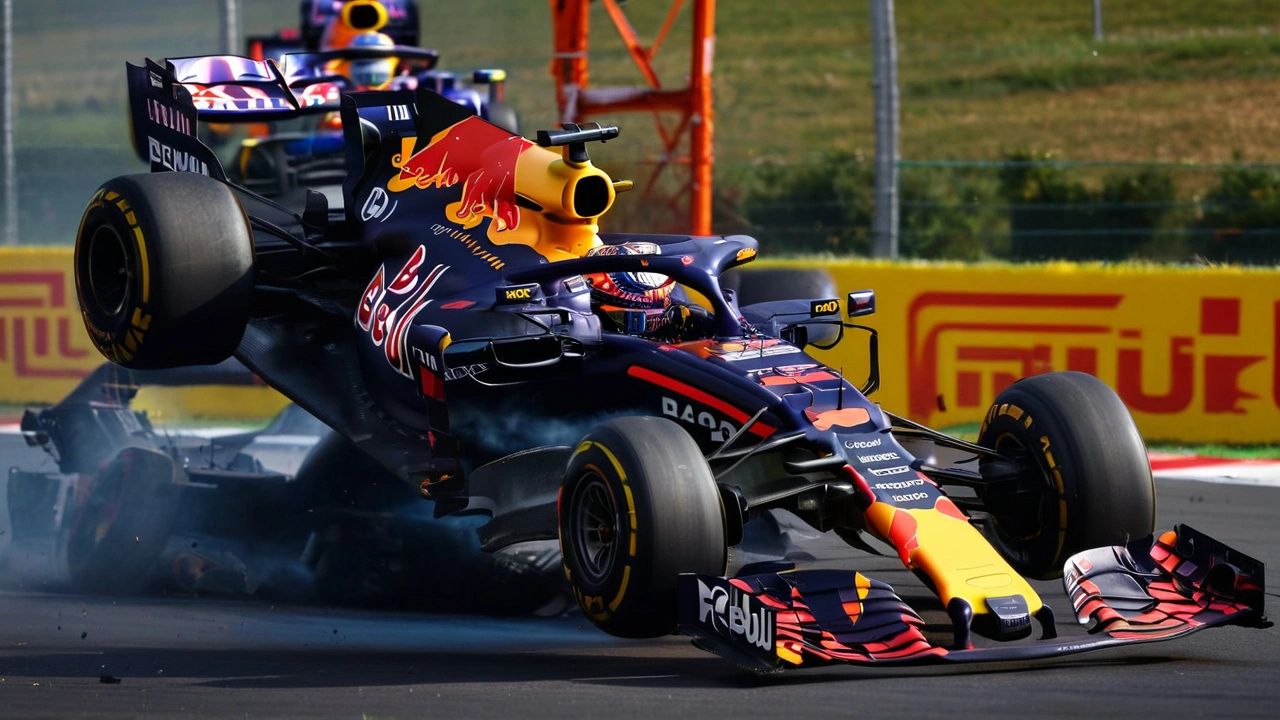
Anthony Davidson’s Technical Breakdown
Adding another layer to the analysis was former F1 driver Anthony Davidson. Renowned for his technical acumen and detailed breakdowns, Davidson provided a comprehensive review of the incident. Through his lens, the collision was classified as a racing incident, yet he did not absolve Verstappen of his role in the event entirely. Davidson's detailed analysis pointed out that both drivers inhabited a grey area regarding their approach to the turn, leading to the eventual clash.
Davidson elucidated the technical nuances, explaining how Verstappen's compromise in his approach, coupled with Hamilton's decision to take a shallower turn, set the scene for the collision. He elaborated that while both drivers shared a degree of responsibility, the conditions Verstappen placed himself under played a pivotal role.
The insights from Davidson underline the complexities involved in such split-second decisions made on the track. They show how even slight deviations in approach and strategy can result in significant consequences. Davidson’s breakdown offered a balanced viewpoint, recognizing the broader context while still highlighting critical errors made by Verstappen.
The Broader Implications for Formula 1
This high-profile clash has broader implications for the world of Formula 1. It brings to the forefront the ongoing discussions about driver responsibility, race stewarding, and the fine line between aggressive driving and poor judgment. In a sport where every millisecond counts, the precision and decisions of drivers are constantly under scrutiny, and rightfully so.
Verstappen and Hamilton's crash is more than just a dramatic moment; it serves as a learning opportunity for the entire F1 community. It stresses the importance of strategic foresight and the need to balance aggression with caution, especially in high-stakes scenarios. As these drivers push the limits of speed and skill, moments like Turn 1 at the Hungarian Grand Prix underscore the intricate dance of competition and safety in F1.
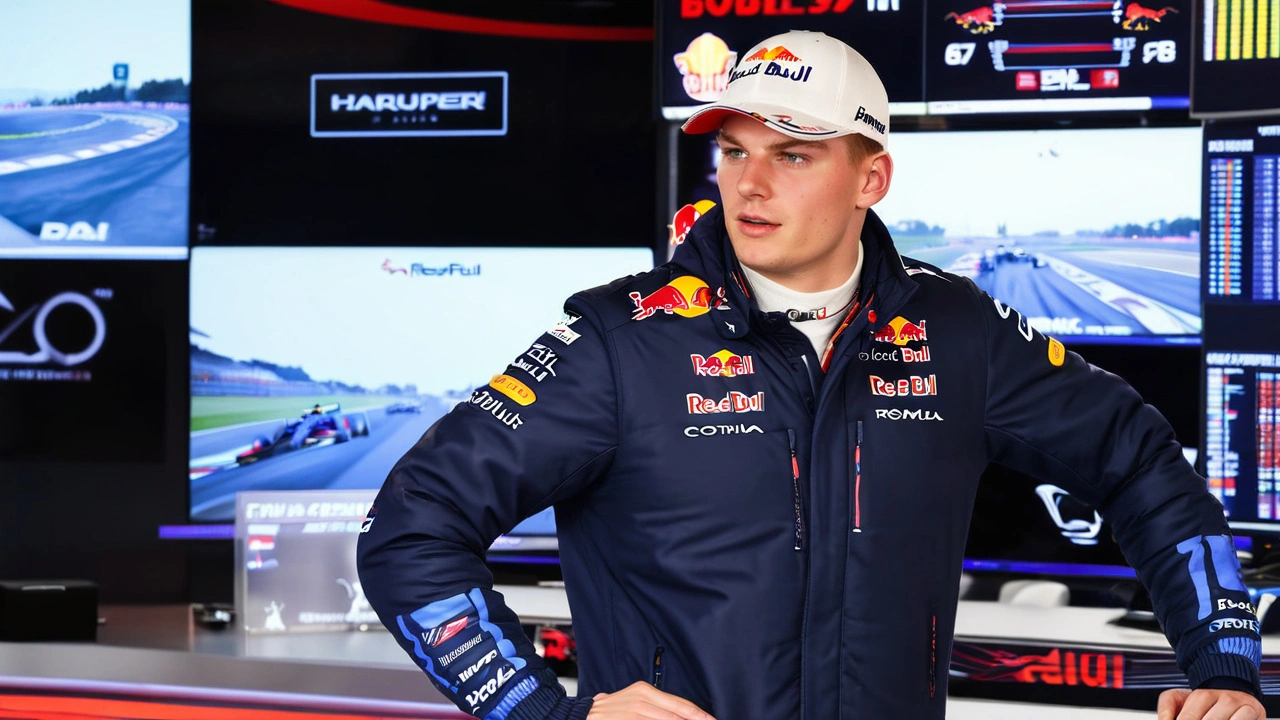
Moving Forward: Lessons and Future Races
Moving forward, both Verstappen and Hamilton will surely reflect on this event as they prepare for forthcoming races. For Verstappen, the challenge will be to channel his renowned aggressive driving style into a more measured approach, reducing the risk of similar incidents. For Hamilton, the focus may lie in adapting to such aggressive tactics from his competitors and finding ways to counteract them effectively.
The role of race stewards will also be under the magnifying glass, as such incidents prompt a re-evaluation of what constitutes a racing incident versus a penalizable offense. The decisions made in the wake of such clashes shape the norms and expectations for drivers, influencing how strategy is approached in future races.
In the end, the Hungarian Grand Prix incident will likely remain a topic of discussion and debate for some time. It beautifully encapsulates the essence of Formula 1 – the thrill, the danger, and the ceaseless pursuit of excellence. As the dust settles and preparations begin for the next race, the lessons learned from Turn 1 will echo throughout the paddock, reminding everyone that in Formula 1, every decision counts, and every corner can change the course of history.


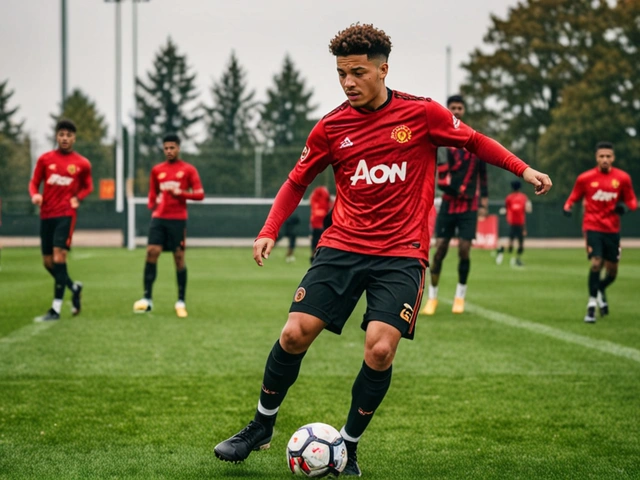
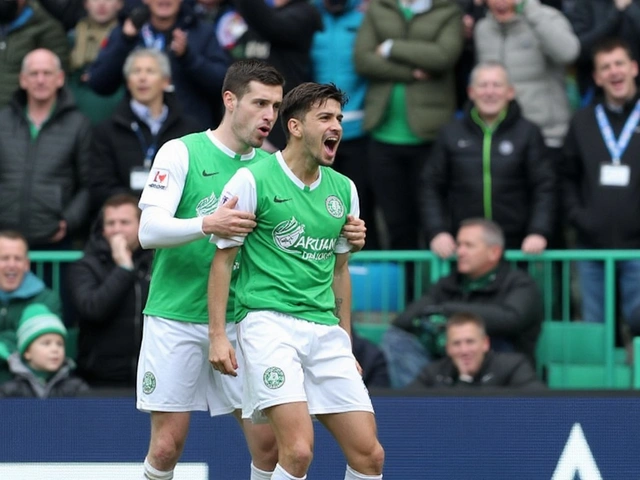
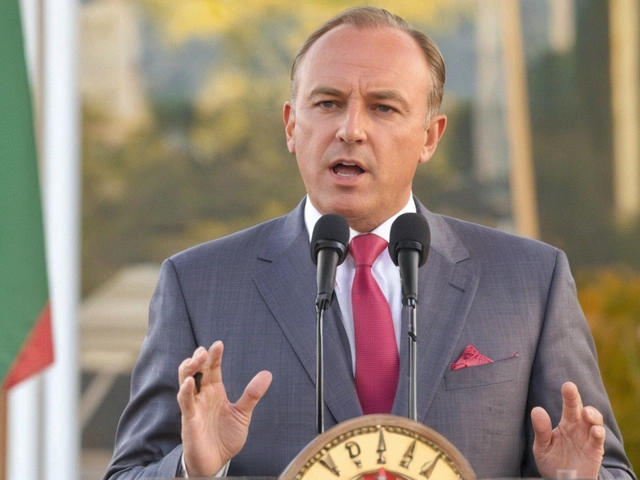
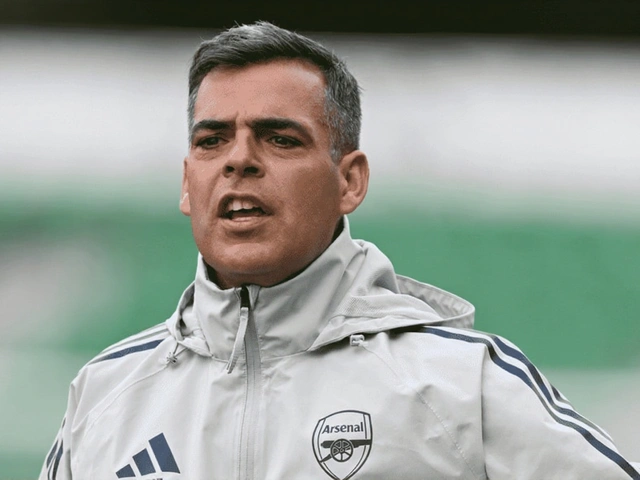
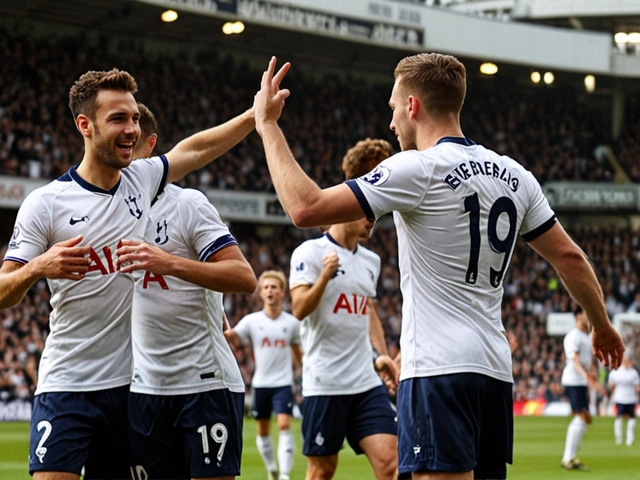
Comments
Arvind Pal
That turn was pure chaos
Verstappen just lost it for a second
Hamilton didn't do anything wrong
Mark Archuleta
From a dynamics standpoint, Verstappen's yaw rate exceeded the tire's lateral grip threshold during apex entry. Hamilton maintained a clean racing line-no defensive maneuver, just optimal trajectory. The stewards got it right. This isn't a penalty case, it's a high-G cornering failure by Verstappen. No need to penalize aggression when the line was clear.
Pete Thompson
Let’s be honest-Rosberg is just bitter. He never had the guts to go wheel-to-wheel like Verstappen. Now he’s hiding behind ‘judgment’ while pretending to be the moral compass of F1. The man who retired at the top? He’s now the guy who hates racing. This isn’t about safety-it’s about ego. Verstappen didn’t break the rules. He broke the illusion that F1 is some polite tea party.
Richard Berry
i think verstappen was just trying too hard
like he forgot he was in a corner and not a drag strip
but also... hamilton didnt move much right?
maybe they both just got caught in the moment
Sandy Everett
It’s easy to judge from the outside, but these drivers are pushing bodies and machines to the edge of physics. Verstappen’s style is intense, yes-but so is Hamilton’s ability to hold a line under pressure. Neither deserves to be vilified. Let’s appreciate the skill, not just the crash.
J Mavrikos
Bro honestly this is why I love F1
no chill no rules just pure adrenaline
if you can't handle wheel to wheel then don't race
verstappen was gonna take that spot no matter what
hamilton held his line and it worked
perfect racing
Stuart Sandman
You think that was luck? Nah. That was orchestrated. The FIA has been soft on Red Bull since 2021. Rosberg’s calling it out because he knows the system’s rigged. Hamilton’s been getting screwed for years. This collision? A setup. They wanted Verstappen to look aggressive so they could paint Hamilton as the victim. Wake up. The game’s fixed.
DJ Paterson
There’s something deeply human about moments like this. Two men, each convinced they’re right, each pushing their limits, each believing they deserve the position. It’s not just about tires and aerodynamics-it’s about pride, pressure, and the silence between heartbeats when you know you’ve gone too far. Rosberg’s right to feel it. But so does Verstappen. Maybe the real penalty isn’t a time loss-it’s the weight of knowing you nearly took someone else’s future with you.
Nikhil nilkhan
I get why Rosberg is upset but honestly verstappen just wanted it too bad
hamilton was just doing his job
next time verstappen should wait for the next straight
no harm no foul but maybe a little more patience
Damini Nichinnamettlu
Verstappen is a menace. He thinks he owns the track. Hamilton has been racing longer, cleaner, and smarter. This isn’t aggression-it’s recklessness. If this was an Indian driver doing this, everyone would be screaming for a ban. Double standards. F1 needs to stop protecting bullies.
Vinod Pillai
Verstappen is a reckless idiot. No excuse. He didn’t even look. Hamilton was in the clear. This isn’t racing-it’s criminal negligence. 10-second penalty minimum. If you can’t control your car, you don’t belong on the track. FIA is weak. This is why fans are losing respect for the sport.
Avantika Dandapani
I just feel bad for both of them
verstappen was so close
hamilton held his ground
but they both put everything on the line
and now everyone’s tearing each other apart
can’t we just appreciate how hard they push?
they’re not machines
they’re humans trying to be legends
Ayushi Dongre
The philosophical underpinnings of competitive motorsport necessitate a nuanced understanding of intent, risk allocation, and the social contract between participants. While Verstappen’s maneuver may appear objectively aggressive, the absence of a clear violation of Article 38.1 of the International Sporting Code renders the stewards’ decision procedurally sound. Rosberg’s emotional response, though understandable, conflates personal bias with objective regulation. One must distinguish between the aesthetics of aggression and the jurisprudence of sport. To penalize excellence under the guise of safety is to diminish the very essence of competition.